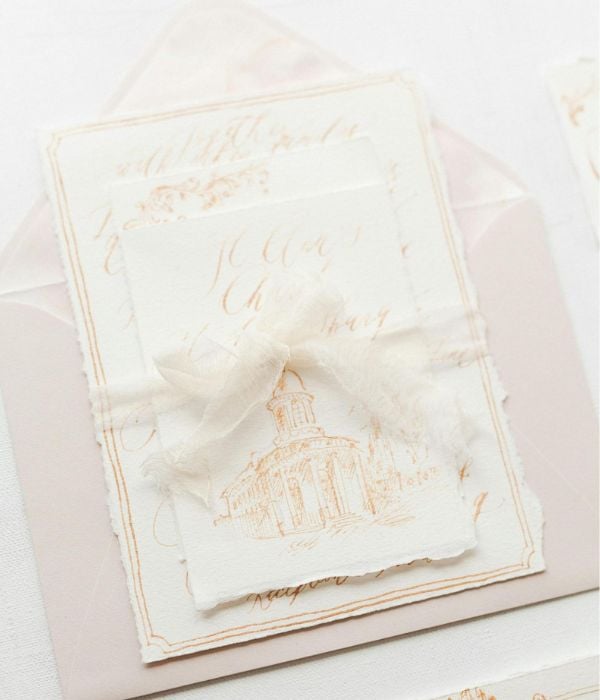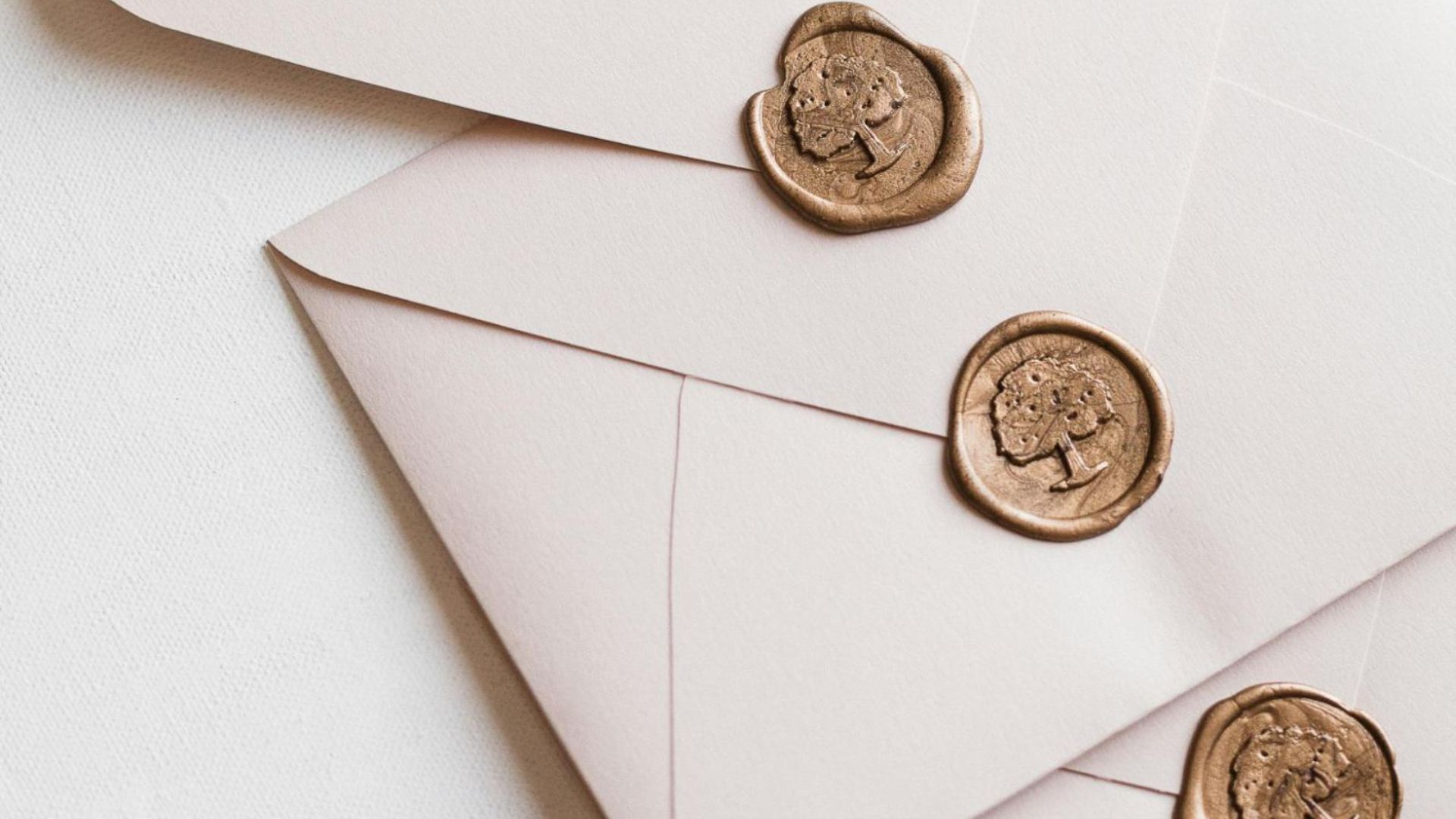So you have picked your dream venue, circled the day on the calendar, and now cannot wait to share the news with all your friends and family. But before you get on the stationery-ordering rush or click on “send” for the online invite, knowing the difference between save-the-dates and wedding invitations might be worthwhile. Both serve important but distinct roles in your wedding stationery suite. From timelines to contents, here is everything you need to know about what to send, when to send it, and what each piece should contain.
What Is a Save the Date?
A save-the-date is an informal announcement of your upcoming wedding. It gives your guests ample time to note the day on their calendars, arrange modes of transport if so required, and keep themselves free for your big day. Unlike formal wedding invitations, save-the-dates contain information such as the names of the couple getting married, date of the wedding, and perhaps a hint as to where the celebrations will take place. For casual or destination weddings, where it is perhaps not possible for you to confirm the exact venue beforehand, sharing the city or general area should be adequate. Most likely, the majority of your guests will travel for your wedding, which makes it very helpful.
Although not strictly essential, sending save the dates can be incredibly helpful in boosting attendance, especially if your wedding falls during busy times like bank holidays, school breaks, or the summer months when your guests may be making holiday plans. Guests appreciate the advance notice and are more likely to be free to share in your celebration. Traditionally, save-the-date cards were sent as printed cards, but many modern couples now choose digital alternatives, delivered by email or via a personalised wedding website.
Do You Really Need Save the Dates?
Whether or not you send save the dates depends on your wedding’s timing and complexity. If you’re organising a short engagement or hosting a very small local gathering, you could skip them. However, if your wedding date is many months away, if you’re hosting a multi-day celebration, or if travel is involved, digital save the dates can be a game-changer. They give guests more time to organise flights, accommodation, and time off work, which in turn makes it easier for you to plan around potential numbers. And for those who want an eco-friendlier and more budget-conscious option, online save-the-dates are an easy win—no printing costs and no postage fees.

Supplied
What to Include on a Save the Date
Love Music?
Get your daily dose of everything happening in Australian/New Zealand music and globally.
Since save-the-dates are just a taster of what’s to come, you only need to include the bare essentials. Begin with your names so everyone knows who is tying the knot, and clearly state the wedding date—or the date range if it’s a weekend-long or destination celebration. If you’ve already set the venue, specify it by name and address; if not, simply mention the general location so guests have a sense of where they’ll be travelling. Finally, it’s useful to note that a formal invitation will follow in a few months, which prevents any confusion about whether this early announcement is the actual invite. Many couples also slip in a link to their wedding website here, giving guests immediate access to extra details or a place to RSVP.
How Wedding Invitations Differ
While a save-the-date is an announcement to “keep this date free,” a wedding invitation is your official call to celebrate. It sets the tone for the day itself—whether you’re going traditional, modern, or something in between—and gives your guests more comprehensive information. The invitation highlights who is invited (especially if there are additional events like a rehearsal dinner or a post-wedding brunch) and includes the precise schedule: where the ceremony takes place, what time guests should arrive, and when the reception will begin. In short, it answers all the practical questions a guest might ask before attending your celebration.
What Goes on the Wedding Invitation
The most important details on the wedding invitation are your names, the date of the ceremony, and the location or locations if the reception is being held elsewhere. Also very useful would be the exact directions and parking advice if you are providing special means for guests. Special logistics should be mentioned in the invitation, such as: dress code or if children are allowed. Possibly the most important of these, however, is how to RSVP and by when. Online invitations have made this very simple, as guests mostly respond via a link or email, preventing you and them from having to deal with postage returns. Many of these digital wedding invitations tie directly into your personal wedding website that guests use to explore other important details such as accommodation recommendations, a gift registry, or a Q&A section.

Supplied
Timing: When to Send Save the Dates and Invitations
For local weddings, it’s common to send save-the-date notices around six to nine months before the wedding day. Destination weddings or events taking place over multiple days often benefit from an even earlier announcement—somewhere between nine to twelve months in advance can be a real advantage if guests need to budget and plan travel. Once your guests have received a save the date, they’ll expect formal invitations a bit closer to the big day, generally around two to three months before the ceremony. This window gives everyone enough time to confirm arrangements and respond, while allowing you to finalise seating charts, catering numbers, and other details.
Going Digital: The Pros of Online Stationery
One of the biggest trends in wedding stationery is the shift from physical to digital. Sending your save-the-dates and invitations electronically has numerous benefits. It’s quicker to dispatch and easier to manage, especially when collecting RSVPs through an online system. Digital invitations are also kinder to the planet, reducing the paper trail considerably. Plus, you can track who has opened the email and who might need a reminder. Platforms that offer integrated wedding websites make planning more straightforward, letting you update guests instantly if anything changes—no reprinting or re-sending required.
Choosing What Works Best for You
In the end it’s all personal: choosing physical versus digital, whether to send save the date cards or not. Each couple’s situation turns out very different and based on factors like budget, style of wedding, and logistical requirements. However, knowing the difference between the two most important terms in wedding stationery ensures that your guests receive information at the right time. Save-the-dates provide primary details beforehand and are followed with an invitation that boldly expresses everyone’s journey through that magical day with you, just how you’ve envisioned it.
Rolling Stone AU/NZ newsroom and editorial staff were not involved in the creation of this content.



































